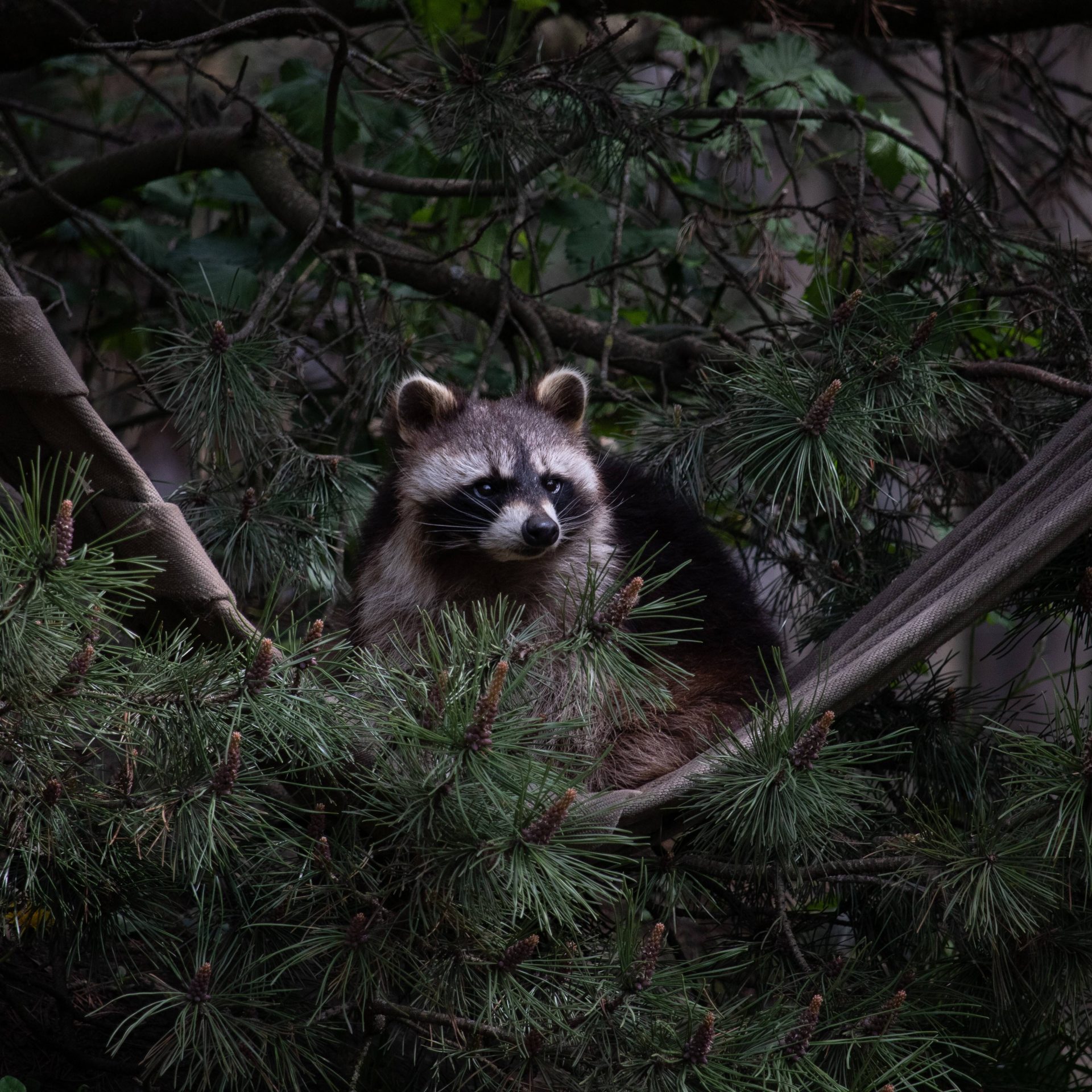
- This event has passed.
Lisa-Kristin Richter, “Model Training for Facial Recognition of Raccoons”
20 July, 2023 @ 10:00 am - 11:00 am
Machine learning tools have already been used to identify individual animals such as but not limited to pandas, black bears, cows and dogs. These tools can help to improve the quality of non-invasive wildlife monitoring and enhance the information on individual animal behaviour as well as on behaviour within social networks of the animals (Lynn 2019; Schofield et al. 2019).
Raccoons (proctorloco) are considered an invasive species in Germany that has been introduced to many parts of the world outside of their native range in North America.
In order to train a model for facial recognition of raccoons, we collected 7812 pictures of 133 individuals. After manual selection for quality focusing on sharpness, image detail and light, 111individuals with 4000 pictures remain in the dataset. The individuals were pictured in more than 10 different facilities and locations with different lights and angles. From this baseline dataset, one data set using bounding boxes is created for training and one dataset using masks is also created for training. This is done to keep the influence of the background minimal.
Finally, this data is used to train different pre-trained deep learning models from Image Net, namely ResNet50, VGG19 and Mobile Net. While model training parameters like batch size, number of epochs, learning rate scheduler, picture augmentation techniques and more are being varied.
Challenges arise from the time and computer resources needed for training.Currently, training is done via Google Colab, which disconnects after a certain time. Furthermore, input on dataset preprocessing, model selection, possible combination of models and variation in parameters would be very helpful.
This talk will take place in person at SCIoI.
Photo by Lukas Stoermer on Unsplash





